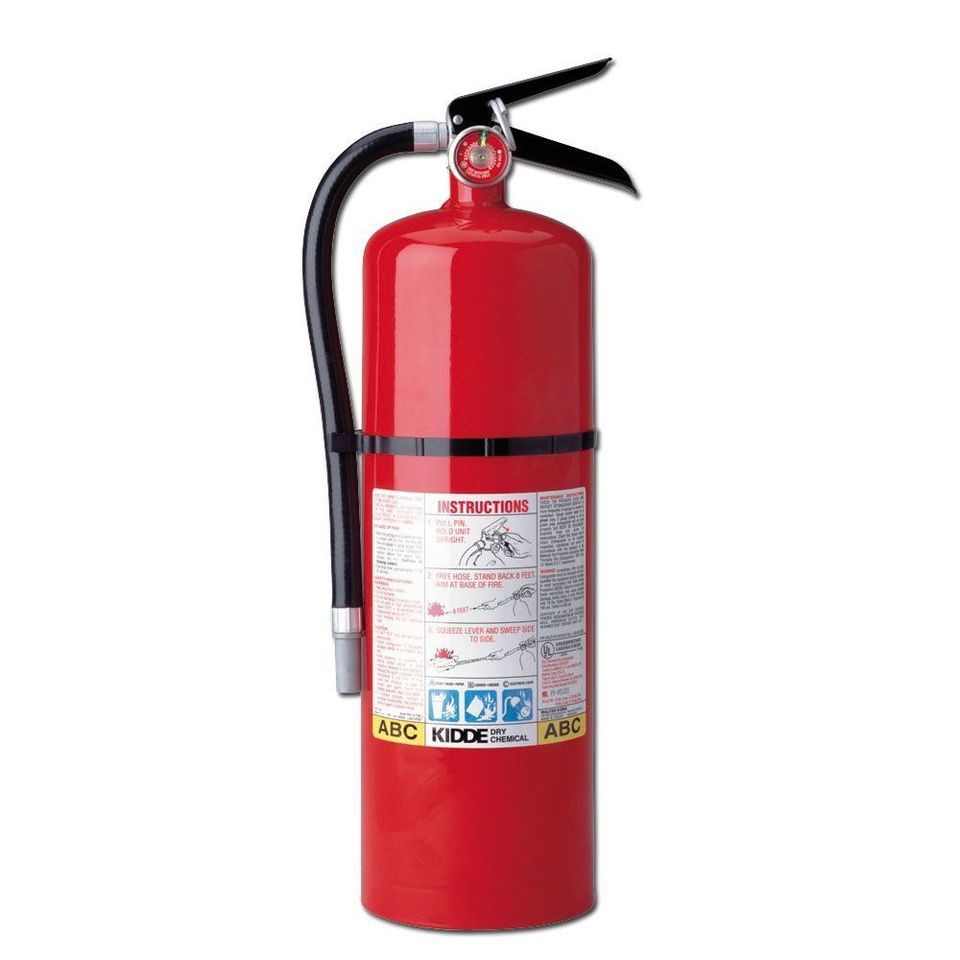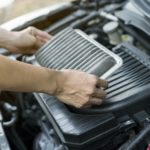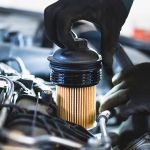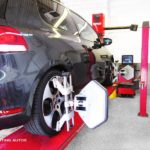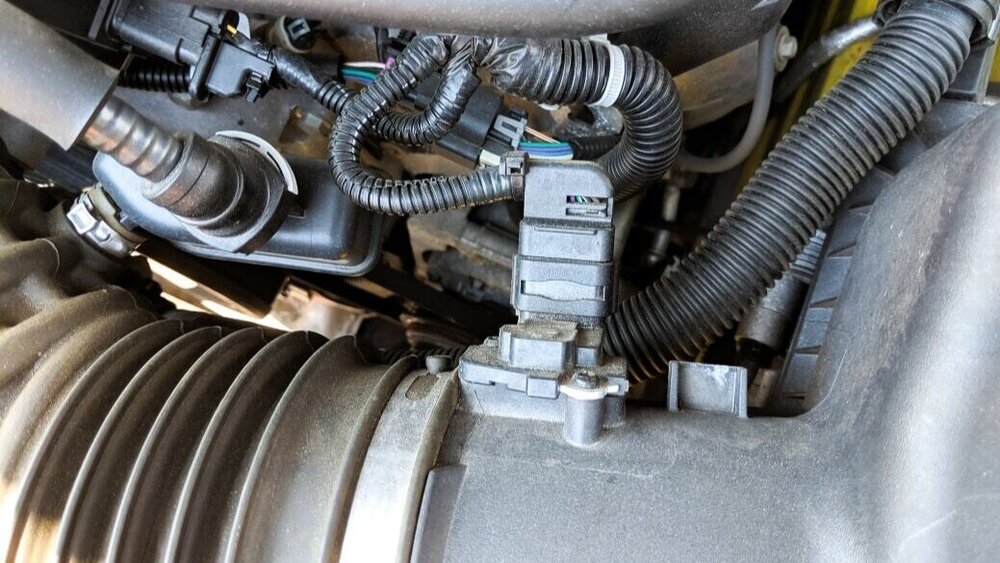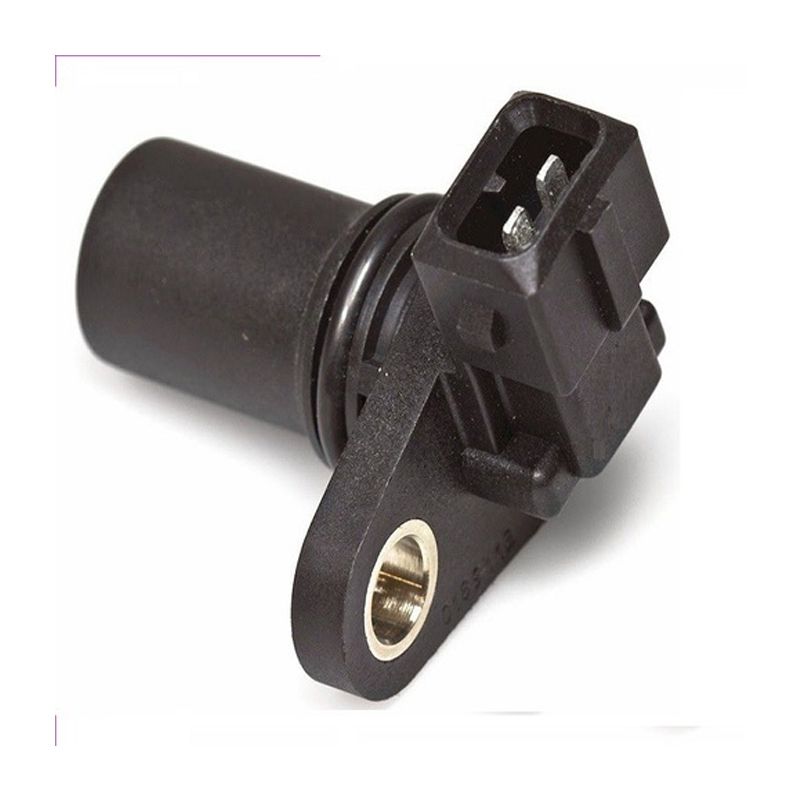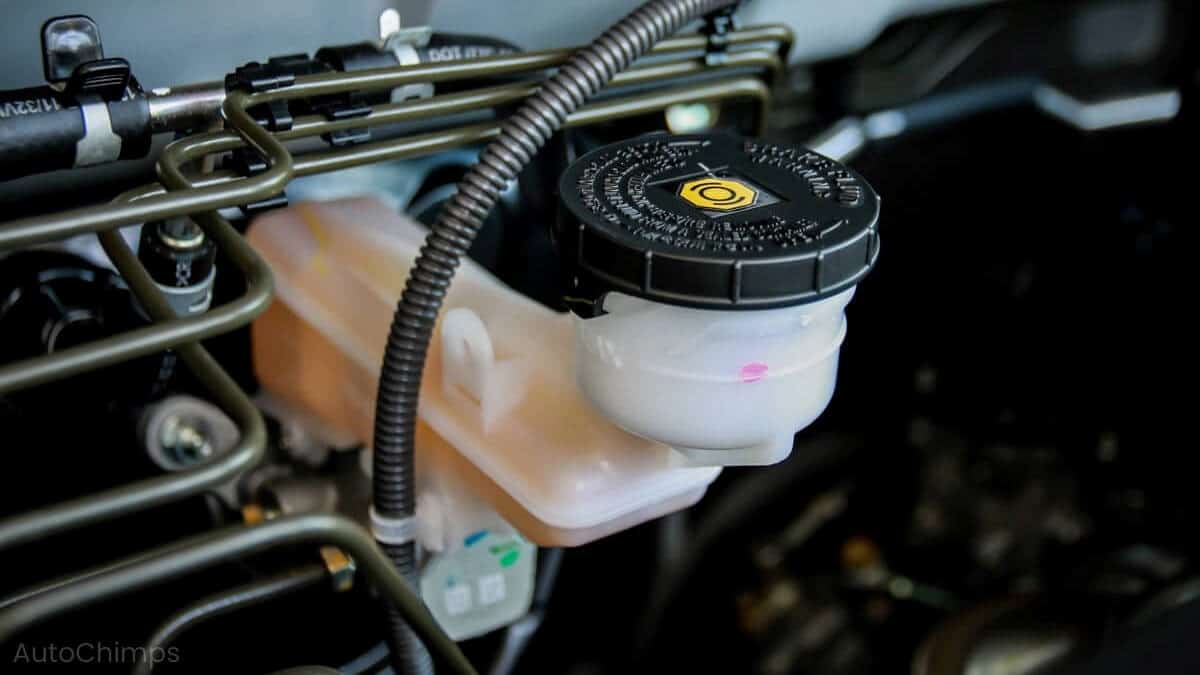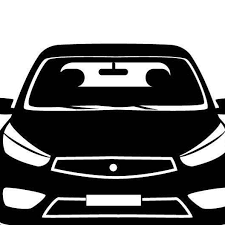So today we are going to consider Bad master cylinder symptoms. We shall also talk about what a master cylinder is, plus many other information you need to know about this gadget. To get started, let’s see what a master cylinder is and what it does.
What Is a Brake Master Cylinder?
The brake master cylinder is a part of your car’s braking system that transmits the brake pedal’s pressure to the braking mechanism at the wheels. It’s the brains of your car’s braking system. When you press down on the brake pedal, a piston is pushed into the brake cylinder, transforming the force into hydraulic pressure.
This pressure pushes hydraulic fluid down the brake lines, sending pressure to a secondary cylinder at each wheel’s braking system. In disc brakes, the secondary cylinders drive the caliper piston to contact the brake calipers (the wheel cylinder in drum brakes). The wheel is then brought to a halt by this motion.
Master cylinders are used in the clutch system of manual autos, however they’re not the same as brake master cylinders.
Read also: Fuel Filter Replacement Cost: All You Need To Know
Where Is Master Cylinder Located?
The master cylinder for manual brakes is connected to the brake pedal via the firewall. The master cylinder is connected to a brake booster in power-assisted brakes, which provides the braking system with greater power. The brake pedal is connected to the booster, which is coupled to the engine compartment firewall.
Bad Master Cylinder Symptoms
The symptoms of a bad master include the following:
Brake Fluid Leaks
Something is wrong if brake fluid is flowing under your automobile. If this occurs, have your mechanic inspect the brake fluid reservoir. The brake fluid level will decrease due to a leak. Fortunately, there are many seals inside the master cylinder that keep the braking fluid and pressure contained. Internal leaks will occur if any of the piston seals wears out. The effectiveness of your brake system and your safety on the road will be jeopardized if your brake fluid level drops too low.
Brake Pedal Unusual Behavior
Your master cylinder’s sealing and force distribution should be reflected in your brake pedal if there are any severe issues.
A spongy brake pedal, for example, may lack resistance and sink slowly to the bottom when squeezed. If you withdraw your foot from the brake pedal, it may not return to its original position smoothly. This is normally caused by a problem with your brake fluid pressure, which is mainly caused by a faulty brake master cylinder. Whenever your brake pedal begins to perform strangely, take your car to the technician.
Contaminated Brake Fluid
The color of brake fluid should be clear to golden yellow to brown. Something is amiss with your brake fluid if it turns dark brown or black.
It’s possible that a rubber seal in the master cylinder has worn out and broken down if your brakes aren’t operating as well as they should. The brake fluid becomes contaminated and darkens in color as a result of this.
Brake Warning Light Comes On
The master cylinder in newer automobiles may be equipped with braking fluid level and pressure sensors. These will detect and notify you if there are any odd changes in hydraulic pressure.
As a result, if your engine light or brake warning light illuminates, don’t dismiss it. It’s possible that it’s a sign of master cylinder failure, especially if any of the other symptoms are present.
How Do You Test a Brake Master Cylinder
Testing your brake master cylinder is a fantastic way to figure out whether your car has any potential braking issues. The brake master cylinder is responsible for creating pressure in the hydraulic fluid that powers the brake system; if it fails, the required pressure is not created. This deteriorated braking function is extremely dangerous, and it should be evaluated and fixed as soon as possible to avoid an accident. Follow the steps below to know if your master Cylinder is working:
First Step
Locate the brake fluid reservoir by opening your car’s hood. A plastic cylinder filled with hydraulic fluid will be found near the back of the engine bay. There will be two of these if you have a manual gearbox car; the brake fluid reservoir will be the larger of the two.
Second Step
As you inspect the brake fluid reservoir, have someone else sit inside your automobile and apply pressure to the brake pedal. If you notice fluid swirling or bubbles forming in the reservoir as you press on the brake, your master cylinder is most likely broken and has to be replaced.
Third Step
Check for fluid leaks in the vicinity of the master cylinder. If you detect brake fluid seeping from the master cylinder, it’s time to replace it. If fluid is leaking from neighboring brake lines or tubing, however, your master cylinder is unlikely to be the source of the leak.
Fourth Step
Apply braking pressure on the brake pedal until it comes to a complete stop, then hold the pedal in place while maintaining the pressure. If the brake pedal continues to slowly slip down after coming to a complete stop, the master cylinder is not functioning properly and will most likely need to be replaced.
Check to see if the brake master cylinder is the source of the problem. The master cylinder is working properly if there are no fluid leaks at the master cylinder, no swirl or bubbles in the brake reservoir, and the brake pedal does not steadily fall with steady pressure.
Brake Master Cylinder Replacement Cost
If you hire a professional mechanic to repair your brake master cylinder, the total cost will typically be between $250 and $550. A new brake master cylinder, as well as any associated parts (such as new brake fluid), will cost between $100 and $300. Labor will cost between $150 and $250. On top of that, there will be additional fees and taxes.
The brake cables and pipes connect the brakes to the brake master cylinder, which is filled with brake fluid. When you press your foot on the brake pedal, brake fluid flows from the master cylinder to each wheel’s braking unit.
This is how the friction that slows the vehicle is formed. The brake master cylinder has seals on the interior and outside that might wear out over time. Because brake fluid is frequently contaminated, it is necessary to do a brake fluid flush, replace, and bleed.
Click Here To Get a Quality Brake Master Cylinder On Amazon
What happens when a master cylinder goes bad?
When a master cylinder fails, the brakes may feel fine one moment and then lose braking strength the next. If fluid is seeping through the seals inside the cylinder, the pedal will feel hard for a brief while before sponging up and falling to the floor.
What does a master cylinder do?
A hydraulic pump, the brake master cylinder, is sometimes called the master cylinder. It injects brake fluid into the brake circuit to convert the brake pedal pressure to hydraulic pressure.
Is it safe to drive with a bad master cylinder?
“It is not safe to drive with a defective brake master cylinder since the brake fluid may seep out owing to internal damage, and your brake pedal will sink to the floor, preventing you from braking.” Driving a vehicle without brakes is dangerous.”
Is it easy to replace a master cylinder?
For most car models, replacing a brake master cylinder is a simple task that can be completed in your own garage. You must, however, prepare. Some components, hoses, or wires may need to be moved out of the way. Make sure you keep track of where they go, as well as the fasteners that go with them, so you don’t lose them.
How long does a master cylinder last?
The master cylinder, like other mechanical and hydraulic components, will ultimately wear out. The normal master cylinder can last anywhere from 60,000 to 200,000 miles, depending on usage. Highway commuters, for example, use their brakes less frequently than city cabs, thus their master cylinders last longer.
Why does my brake pedal go to the floor?
If your brakes aren’t as sensitive as they should be, or if the brake pedal “sinks” to the floor, you may have a leak in your braking system. It could be a brake fluid leak or an air leak in the brake hose.
Click Here To Get a Quality Brake Master Cylinder On Amazon

